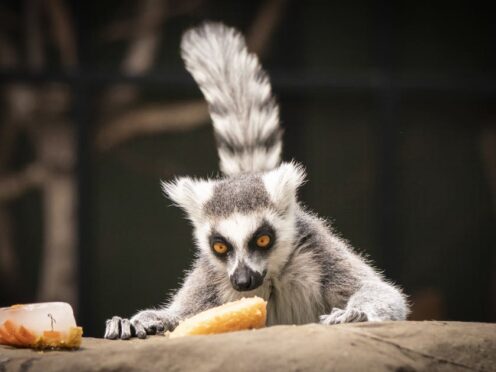
There are more than 2,700 privately owned animals from wild breeds considered dangerous across Great Britain, new figures show.
Wildlife charity the Born Free Foundation said an overhaul of current legislation on the keeping of animals categorised as dangerous is a “matter of urgency”.
Figures obtained by the charity through freedom of information requests to councils show 2,727 exotic animals are permitted to be privately owned under the Dangerous Wild Animals Act 1976.
Of the 126 local authorities which said they issued licences, more than 200 wild cats and 250 primates were covered.

There were also about 400 venomous snakes, which Born Free estimates is 10 times more than the number kept in zoos.
Dr Mark Jones, Born Free’s head of policy, said: “It is unbelievable that, in this day and age, so many dangerous animals, including big cats, large primates, crocodiles and venomous snakes, continue to be legally kept in people’s homes in the UK.
“Increasing demand for and trade in all kinds of wild animals as exotic pets, puts owners and the wider public at risk of injury or disease.
“It also results in serious animal suffering, and the demand increases the pressure on many wild populations which are often already under threat,” he added.
The figures show every region across England, Wales and Scotland had licences for dangerous wild animals.
The south-east of England was the region with the most dangerous wild animals. It had the highest number of primates, crocodilians and venomous snakes.
The East of England had the highest number of wild cats, with licences permitting more than 60 cats – including several leopards, cheetahs, and lynxes.

Chris Lewis, the charity’s captivity research officer, said: “The Dangerous Wild Animals Act was intended to make the keeping of such animals categorised as ‘dangerous’ a wholly exceptional circumstance.
“However, Born Free’s ongoing research paints a very different picture.”
He added: “The regulations pertaining to the keeping and trading of wild animals kept as pets are in urgent need of review.”
Born Free said it is especially concerned by the popularity of owning small wild cats: with 53 serval cats and 43 hybrid cats recorded, they were the most licenced species on the list.
The number of lemurs owned under these licences increased from 151 in 2020 to 175 last year.
A Department for Environment, Food and Rural Affairs spokesperson said anyone wishing to keep an animal under the Dangerous Wild Animals Act must be vetted and apply for a licence which sets out conditions on caring for the animal.
They added: “We keep this legislation under regular review to ensure it remains effective in keeping the public safe.”
They said the Government increased the maximum prison sentence for animal cruelty to five years in 2021.
It added it is currently bringing forward legislation to prohibit primates being kept as domestic pets. The legislation will create a new licensing scheme setting stricter rules for private owners.

Enjoy the convenience of having The Sunday Post delivered as a digital ePaper straight to your smartphone, tablet or computer.
Subscribe for only £5.49 a month and enjoy all the benefits of the printed paper as a digital replica.
Subscribe